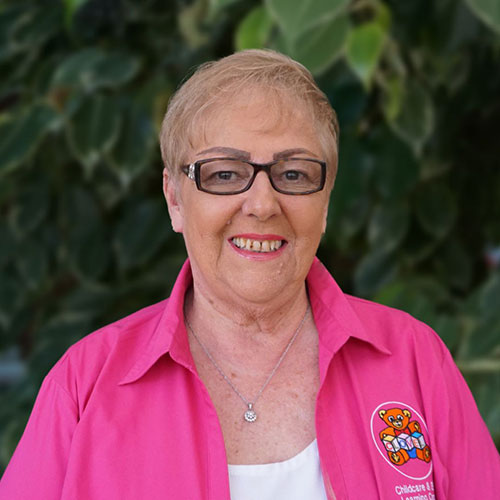If you have a preschooler in your life, you likely know just how much they move. Many days, it may seem as if they are never still! Biologically, there is a reason for this—young children learn with their whole bodies. They experience the world through their senses and build their curiosity.
While learning their ABC’s, sight words, and numbers are certainly important, those who care for young learners should remember children learn best when they are exploring their environment—both at home and in the classroom.
What is Active Learning?
Active learning describes the process when young children engage in activities and are thinking about them at the same time. This process allows children to experience learning using various senses and increases their retention rate for newly-learned information. When it comes to active learning, the key is to engage children in activities they are interested in, and to model critical thinking.
It’s important to remember the following during active learning sessions:
-
Every child has unique interests and abilities. Meet children where they are developmentally rather than where you’d like them to be.
-
Engage in activities that encourage whole body use. Vary tasks to challenge the mind and body. Select activities that focus on a particular sense (sight, sound, smell, touch, or taste).
-
Encourage children to be messy during play. Assure them there is no single “right” way to engage in the activity.
Activities to Encourage Active Learning
Fun with Math
Math activities are a wonderful way to incorporate active learning. Ask the class to name their favorite animal. Record their answers and make a chart listing each animal. Ask children to talk about the results—which animal received the most “votes”? What kind of animals are on the chart (house pets vs. zoo animals or wildlife)? Which animal received the fewest votes?
Role Play
Role play engages a child’s imagination, improves social skills, and develops creativity. Encourage children to assign identities to objects (a block becomes a truck, a blanket becomes a cape). Model how to role play real life situations such as grocery shopping, visiting the doctor, or taking a trip to the zoo.
Help children stretch their imaginations by role playing something fanciful or a scenario with which they have no actual experience. Perhaps they are astronauts in space or super heroes in another world.
Role play can help children learn social skills such as taking turns, letting others speak, and deciding the events that take place in the story.
Active Listening
During story time, draw children into the story by turning them into active listeners. Use different voices for different story characters and adjust your tone and voice level according to the story. Pause as you read to ask critical thinking questions:
Why did that happen?
What do you think will happen next?
Did the story end the way you imagined it would? Why or why not?
Active listening helps young learners become better communicators and problem solvers.
Encourage Problem Solving
Helping children understand how to solve problems independently is an integral part of active learning. Have children role play a day-to-day scenario such as going to the store. Tell them the bakery is out of bread—what will they do? Help them brainstorm solutions:
Perhaps we will have something else for dinner?
Could we visit a different store?
The same can be accomplished playing with puppets, dolls, or action figures. The key is engaging in play where characters encounter a problem and helping them come up with solutions.
Science Experiments
Experiments are a fun way to combine activity and learning. Set up a color mixing table with clear plastic bowls filled with red, blue, and yellow water. Give children an eye dropper and have them select two colors to mix in a separate bowl or cup. Ask them to predict what color they will create. Let them analyse the results—were they correct?
You can also create a Sink or Float activity using classroom or household objects and a water table. If you don’t have an official water table, just use a tub of water or play during bath time (it should go without saying that children should be monitored when near water deeper than a couple of inches). Hand the child an object and ask them if they think it will sink or float. Let them drop the object in the water and review the results.
You’ll find that children who are regularly engaged in active learning find learning itself more enjoyable when compared to more sedentary lessons. Try incorporating active learning in your preschooler’s routine—we think you’ll find they become more enthusiastic learners.
For any more information, call Clovel Childcare and Early Learning Centre, don’t hesitate to get in touch with us. For any information about our Educational Programs, give us a call at 02 9199 0294 or fill in this contact us form.
Thanks for reading,
Clovel Childcare
1300 863 986












